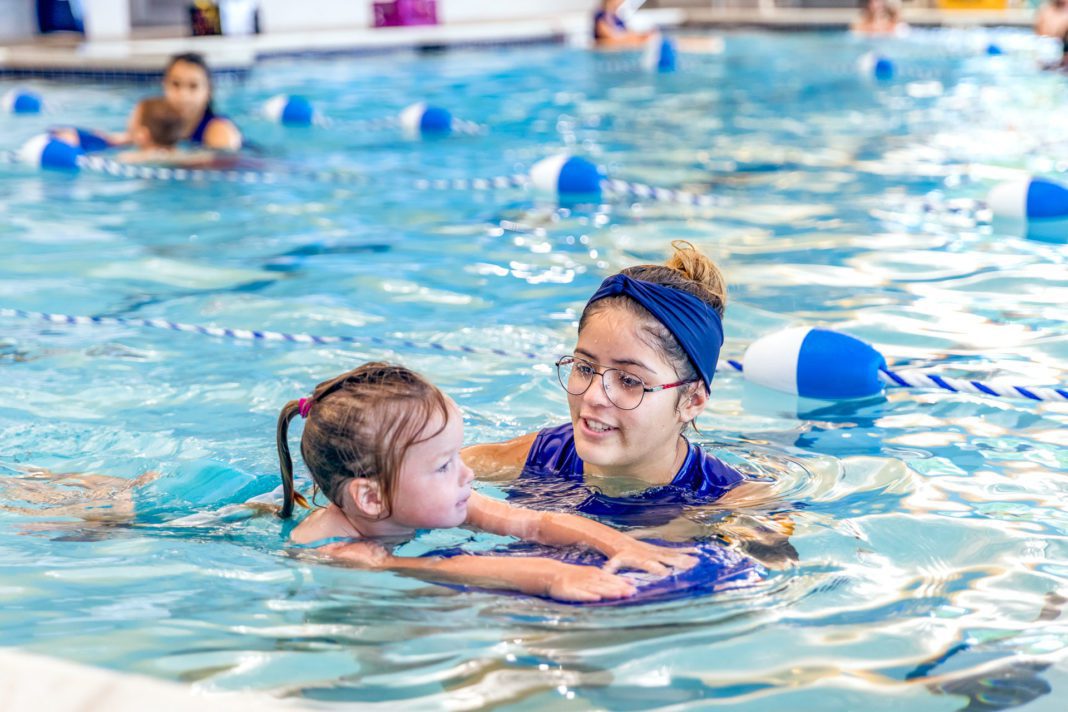Many of us are starting to think about sunny days around the pool or lake. Before we reach these moments, it’s a good time to review some tips on water safety.
“It takes between 10 and 20 seconds for a drowning to occur,” says Sarah Kinnison Clavin of Miller Swim School of Tulsa. “They are most often silent and do not always look like what you might expect a drowning to look like.”
Clavin goes on to say the above warning also goes for bathtubs, with children under the age of one being more at risk for drowning at home during a bath than anywhere else.
“The number one safety net is swimming lessons,” says Clavin. “From there, it would be close and vigilant parental supervision, proper flotation devices, pool fences with self-latching gates and monitors and house alarms.”
Miller Swim School recommends multiple layers of protection.
“Even if your child can swim, or back float, or whatever – they are not exempt from drowning,” says Clavin. “Aquatic accidents occur in a multitude of fashions.”
So – how can parents let children enjoy water activities without putting them at risk?
“Parents need to understand the risk factors of where their children are swimming,” says Clavin. “Currents or rip tides in the ocean, hidden trees and rocks in a lake or river, sudden drop-offs in a pool – they need to educate their children on these things, create proper boundaries and keep a diligent eye on them when swimming.”
Misti McClellan, executive director of the central southwest Oklahoma chapter of the American Red Cross, agrees that “ it only takes a moment. A child or weak swimmer can drown in the time it takes to reply to a text, check a fishing line or apply sunscreen.”
McClellan recommends making sure every member of your family is water competent.
“This means being water smart, having swimming skills and knowing how to help others in an emergency,” she states. “Everyone should learn to swim, so they can at least enter the water, get a breath, stay afloat, change position, swim a distance and then get out of the water safely.
“The Red Cross recommends designating a ‘water watcher’ to keep a close eye and constant attention on children and weaker swimmers in and around the water,” she adds.
Utilize the resources on redcross.org/watersafety to learn or refresh the skills needed to ensure water competency.

Know the Statistics:
Ten people die each day due to unintentional drowning, and on average, two of them are under the age of 14.
Drowning is responsible for more deaths among children one to four than any other cause except birth defects.
Drowning is the leading cause of death for children and adults with autism.
Source: American Red Cross
What to Do:
Avoid distraction when supervising children.
If a child is missing, check the water first.
Children, inexperienced swimmers and all boaters should wear U.S. Coast Guard-approved life jackets.
Always swim in an area with a lifeguard.
Limit unsupervised access to water by fencing pools and spas with adequate barriers.

























